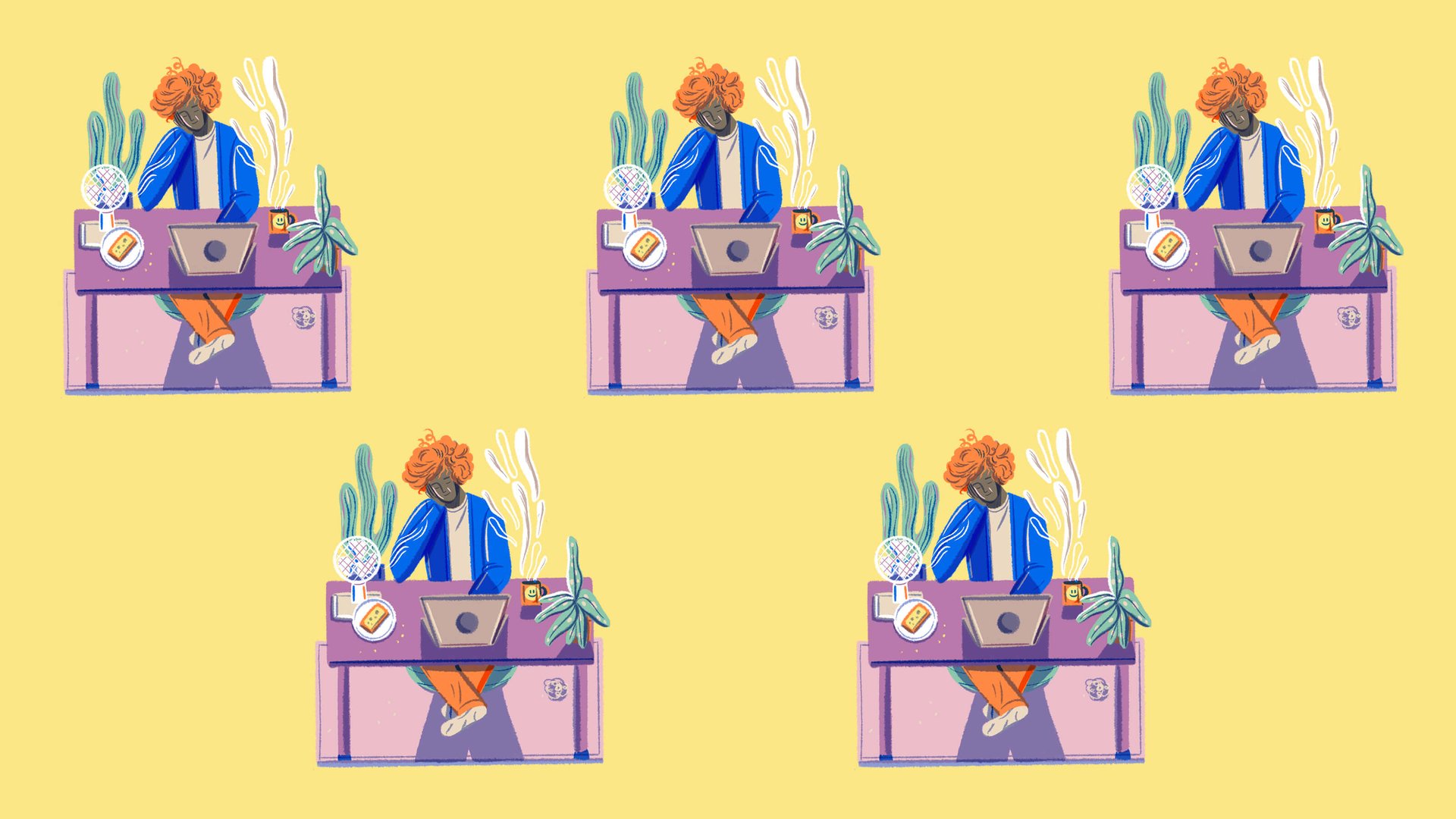The template for designing your home office for joy
There is no prescription for creating a perfect home office, but there are ways to experiment with new configurations to do our best work. Here’s the TLDR to our home office handbook.


💡The Big Idea
There is no prescription for creating a perfect home office, but there are ways to experiment with new configurations to do our best work. Here’s the TLDR to our home office handbook.
🤔Here’s Why
1️⃣ It takes work to set up a space that’s conducive for working.
2️⃣ We need to make over not just our physical spaces, but our outlook as well,
3️⃣ and seize the opportunity to embrace new ways of working.
4️⃣ Being able to work remotely is fast becoming a core competency.
5️⃣ A home office offers a testing ground for figuring out how, where, and when we do our best work.
📝 The Details
1️⃣ It takes work to set up a space that’s conducive for working.
Building a wall between the professional and personal domains has been the fundamental project of the modern worker. The goal was work-life balance, which in theory, entails evenly splitting our energies between the office and the home. Achieving it was supposed to be the key to happiness. But after months of forced remote work due to the pandemic, we are realizing that this division was never so neat, or even feasible to begin with.
2️⃣ We need to make over not just our physical spaces, but our outlook as well.
As we face the reality of working remotely for the foreseeable future, many are testing corners of their living quarters—from the kitchen table to disused swimming pools—in their search for an optimal working spot. In thinking about their coronavirus-era home offices, people are asking: What tools do I need to do my job effectively? Does ergonomics really matter? Can I be really happy working at home? There are many aspiring gurus shilling advice, but there’s no single prescription as our living situations are vastly different. There are, however, a variety of ways for us to embrace our current circumstances and take back some control.
3️⃣ We’re being presented with an opportunity to embrace new ways of working.
As stressful as it is to upend our 9 to 5 routines, this year presents a rare opportunity to experiment with new configurations, from reorienting our home and supercharging our wifi, to dressing for joy and embracing ways to recharge—like napping.
The stigma around workplace napping, Sarah Todd argues, is part and parcel of hustle culture, which valorizes self-denial and assumes (wrongly) that we produce our best work when we push ourselves nonstop. It’s also tied up with the problem of presenteeism—the pressure that some remote workers feel to demonstrate to their colleagues and bosses that they are always available, ready to answer a Slack message or hop on a call at a moment’s notice. But the reality is that we’re only human. Perhaps if we start admitting that to ourselves and one another, we can help create shifts in workplace culture to accommodate more of our humanity, too.
4️⃣ Being able to work remotely is fast becoming a core competency.
As remote work looms beyond the pandemic, the ability to remain focused, organized, and productive at home is becoming a coveted skill. The cardinal rule is that your CV should be tailored to the position you’re applying for, but career advisors say highlighting your telecommuting experience clearly on a résumé can give applicants an advantage. They suggest emphasizing the skills your work-from-home setup requires, from the technical (such as knowledge of platforms like Slack, and Webex) to professional “soft skills” such as interpersonal attributes and social intelligence.
5️⃣ A home office offers a testing ground for figuring out how, where, and when we do our best work.
More than ever, it’s become clear that the established templates for office architecture—from open-plan layouts to cubicle farms—need a rethink. A home office, in essence, offers a testing ground for figuring out how, where, and when we do our best work. And when we’re finally able to report back to our old desks—even on a part time basis—we’ll hopefully have more agency to tailor the space where we spend most of our day.